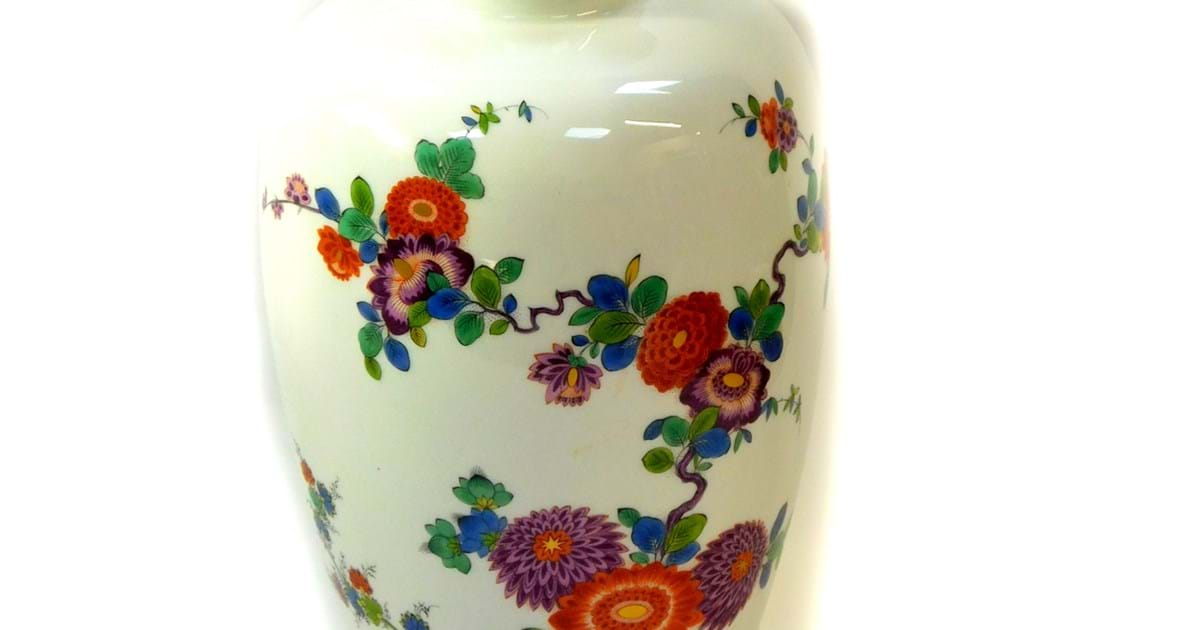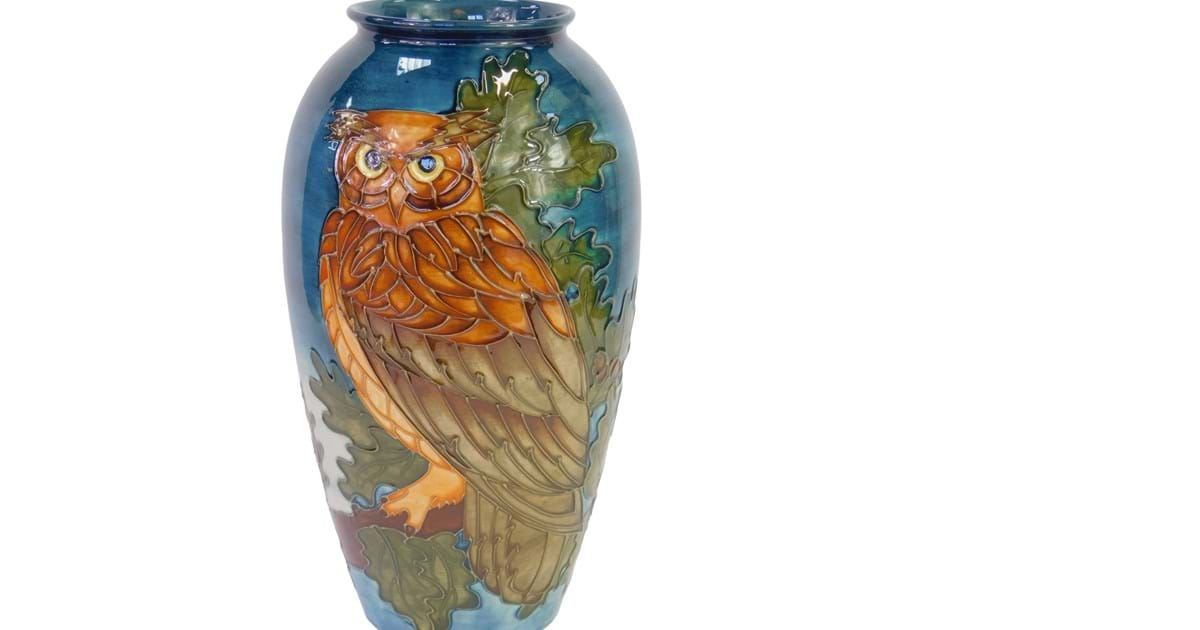The market for porcelain in recent years has moved from one in which the desire to acquire is based on decorative appeal, to one in which items have to be either collectible or functional. The world wide collectible appeal for porcelain could not be more strongly applied than to Meissen, a factory based for three hundred years in a small, romantic town of the same name in Eastern Germany, near the city of Dresden.
For hundred of years the rich and fashionable societies of Europe had been enjoying the beauty and craftsmanship of ‘export’ porcelains from China. Any attempts to copy such porcelain were met either by abject failure or, at best, by the more rustic charm that the limitations of pottery would allow.
Around 1710 two game changers enabled Europeans to take on China at their own game. Firstly, a Jesuit priest obtained the secret of porcelain from Catholic converts in China and secondly, a formula for porcelain was discovered in Meissen by a failed alchemist called Joseph Bottger. Under the patronage of the local ruler, Augustus the Strong, the new Meissen factory produced domestic and figural porcelain of a quality never seen before. It would be another thirty years before the Bristol and Worcester factories in Great Britain would enjoy the same success.
Two modern pieces of Meissen porcelain offered at the Golding Young Bourne auction on the 7th October exemplified the beauty of Meissen. Lots 10 & 12, both vases and covers, were modelled in the Japanese kakiemon taste and painted with flowers known as Indianische Blumen, translated as Indian flowers. They stood majestically at 47 and 46cm high, and sold for a hammer price of £380 and £260 respectively.



